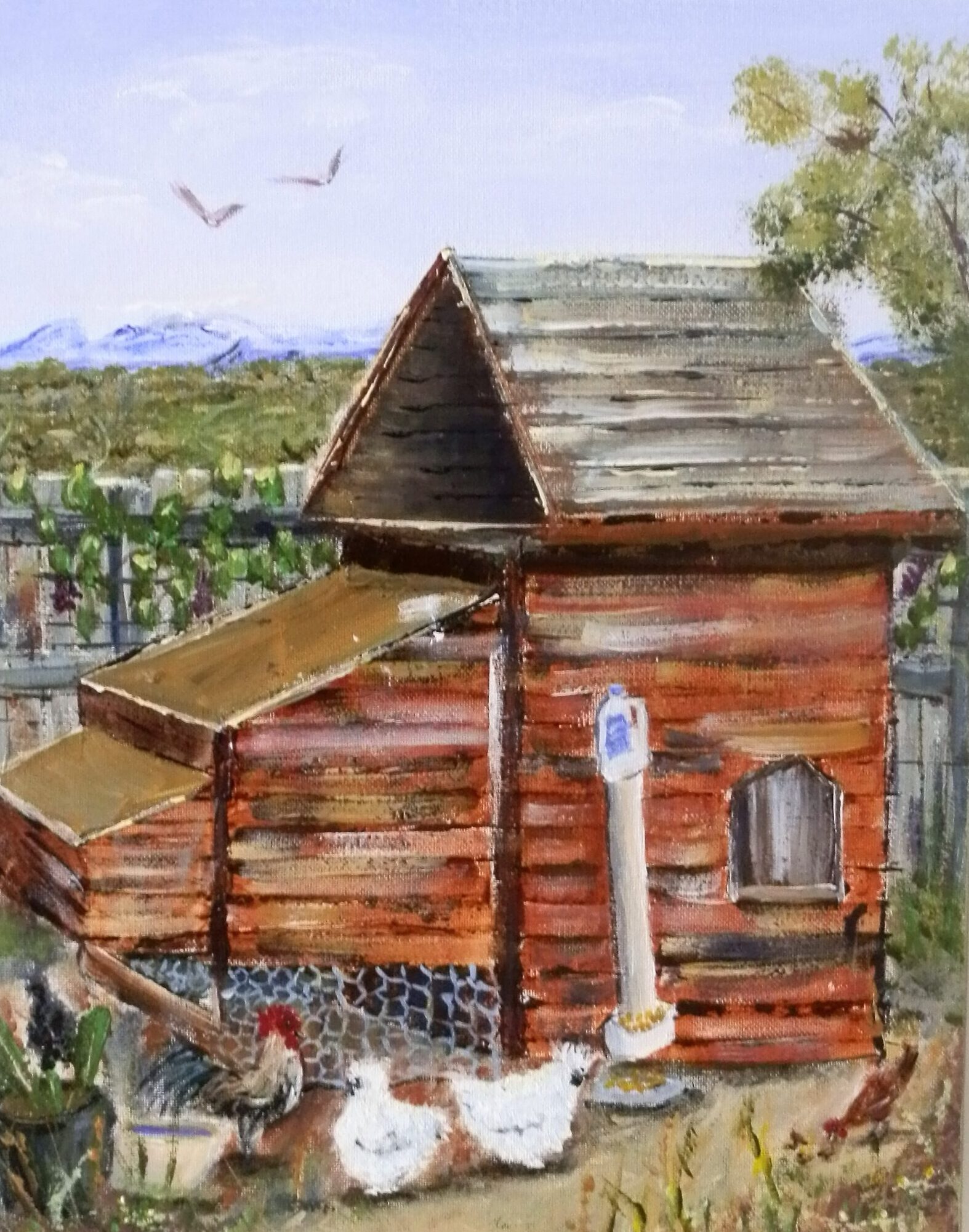How to Get Started With Backyard Chickens As Pets And Egg Producers.
Chickens make great child friendly pets, and as a bonus they’ll reward you with loads of fresh eggs. My introduction in how to raise chickens at home was after a long 8-hour nighttime bus ride to my Grandma’s house in the country. Arriving in the early hours of the morning, it was still dark, so we were sent off to sleep for the few hours remaining until the sun came up. My Grand ma’s Rooster had other ideas and his 4 AM crowing cut the morning air, letting me know I was way out of the city now.
My brothers and I would be up and outside as soon as the first rays of sun poked its’ way through the curtains. Our first stop was the chook pen, though we weren’t allowed in there until later in the afternoon when we were given the job of collecting the eggs. We fed the chickens weeds and blades of grass which they eagerly snatched up, given the barren dirt floor of their fenced off pen. After chasing my uncle’s pet Kangaroo as it hopped its way angrily out of our road (he had a fenced off acre of land), we picked the Bindi prickles out of our bare dusty feet and grudgingly went to the kitchen table for breakfast. The sweet earthy smell of the wood stove couldn’t mask the delicious aroma of fresh eggs frying in butter! Crispy, golden and salted delights they were, and I always had 3 or more on fresh buttered toast. My Grandma said I must have hollow legs, or the fresh country air must have boosted my appetite. Either way when I finally grew up and had some land of my own, I couldn’t wait to get myself some chickens.
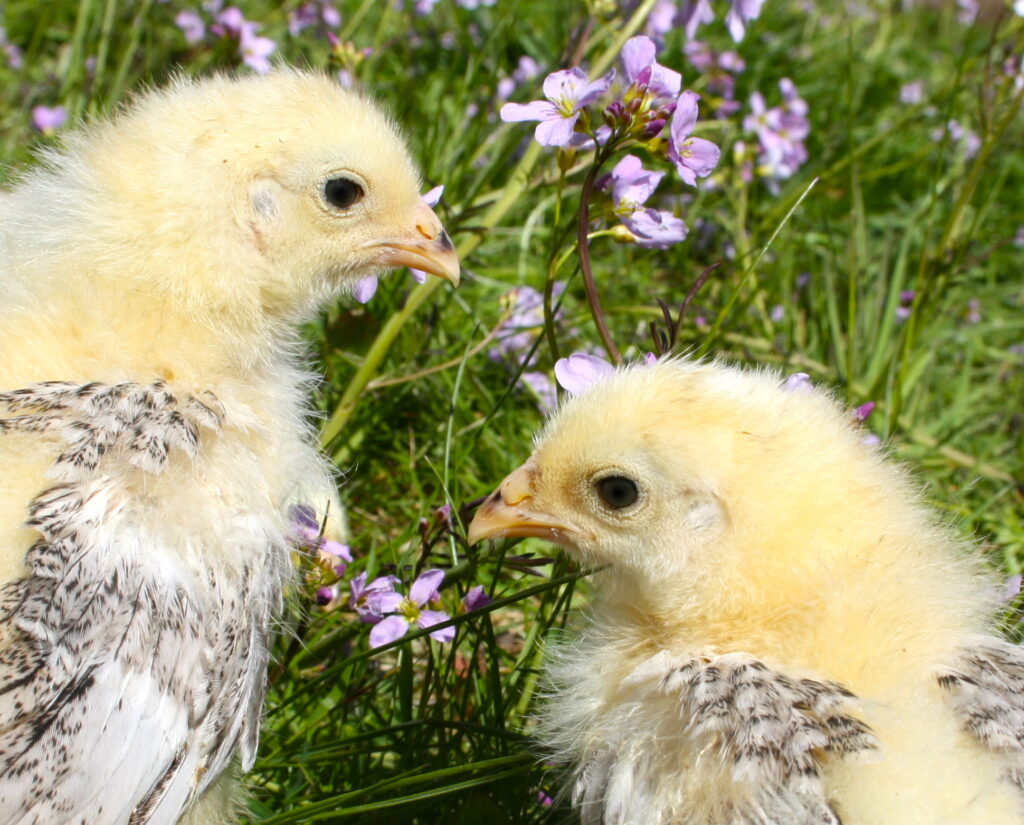
My first pen was a ramshackle pile made out of the remnants of my Dads friends old chook pen, which he unceremoniously dumped on my back lawn, instead of taking it to the dump!….He thought I could make something , which I ultimately did, including some segregated raised nesting boxes and a small separate caged area for clucky chickens to set on eggs or raise its chicks.
The result was a somewhat sturdy, though not pretty, concoction made from chain wire, hardwood posts and fibro sheeting. It even had some guttering to catch the rain. I dug the fibro sheeting into the ground around 1 foot deep to help keep foxes out. After a coat or two of Brown fencing paint it was ready for some chickens.
I settled on some English game bantams and couple with 2 golden red bantams. They were a delight to watch, giving us loads of mini eggs and they raised many broods of tiny Bantam chicks over the years.
How to Get Started Keeping Chickens.
Make your chickens life more comfortable and your life easier with a good quality chicken house, coop or pen. That’s not to say that my first pen made from another chook house scraps wasn’t ok (I used what I had and made the most of it), it’s better to house your chickens in a solid sturdy, well planned structure. It will last longer, protect them from the harsh Aussie sun, keep them warm in the cold of winter and safe from wind or summer storms. Your chickens will be happier and give you more eggs.
There are some great chicken coops, huts or houses on the market from small flat packed coops, steel modular mobile pens to chicken palaces for larger flocks.
Before you go racing off to buy one check out my Chicken coop review here:
Theres always the Do it yourself route if you’re handy with a hammer and there’s some great plans you can buy online cheaply for a few dollars. The small cost will out way the benefit of having clear, thought out and tested plans that someone else has already road tested for you.
If money is a barrier or you love repurposing things there’s some great ways to make a chicken house from other materials and objects. My current chook house (though I need a new one) was made from combining an old children’s cubby house with a smaller pen bought online. The smaller pen had nesting boxes, and the cubby house allowed a larger space for them to roost in. It has lasted for many years and with a galvanized chain wire pet enclosure, my chooks roam and scratch all day safe from our dogs.
As a bonus the wire pet enclosure acts as a great Trellis for growing vines like Climbing beans, Pumpkins and Passionfruit or Choko on. It helps shade the chickens, attracts a few bugs and insects for them to eat and we get vegetables/fruit.
I would recommend making sure you pave the area under your pen and raise the pen off the ground for easy cleaning. The benefits of paving (or cement slab floor) will be to get the chickens off the dirt to protect against disease buildup and make the shelter easy to clean up manure etc. Keeping the floor covered with a layer of fresh straw or sugar cane mulch will give your chickens something to scratch around in and the straw will collect the manure. You can rake the straw and manure out regularly and then hose the pavers/slab down and scrub with a chicken friendly disinfectant or vinegar if needed.
Other Requirements Before Getting Chickens
There are some things you need to consider before you head all eagerly to the chook pen store. These include Are chickens the right choice for me?….or am I right for chickens?… Council regulations and requirements…. do I have room for chickens?…. and the equipment to feed chickens…?
Are Chickens the Right Choice for Me or am I Right for Chickens
This is a great question and like any pet, chickens have basic needs like food, water, shelter, exercise and health checks. Are you up to the task? Do I actually have the time to look after them? Is your family going to get involved with cleaning pens, feeding them or will they just be there for the egg eating?
If you set up with a good quality pen and shelter, make egg collecting or feeding easy then you should have no problem with everyone helping. If you choose cute chickens like Silky Bantams, then they’ll all be eager to spend time hand feeding them seed etc and collecting eggs. (Though they don’t lay as many eggs as other breeds in my experience). Always supervise young children around chickens especially when hand feeding them as some chooks can get a little Pecky, (no pun intended) and give them a fright.
The time required is probably around 20- 30 minutes per day to feed them, top up water, collect and wash eggs. Allow a bit longer if you’re giving them a pick on fresh grass, or hand feeding them or just enjoying their company. Their quiet chatter, especially when you give them a bucket of scraps to scratch through, is very calming and relaxing so it’s not really a chore if you have the time. Also add 1 hour or so every 2 weeks to clean out the pen , pen floor and add fresh straw. A health check every month to clip claws or worm them or spray for bird lice will add another 30-40 minutes.
Council Regulations and Requirements
Most councils will have regulations about how many chickens you can have, pen or shelter placement etc. Roosters are understandably banned in many councils; however, they may be ok in some country or rural areas. Check with your local council.
In my area we can have up to 25 chickens! While I live on a quarter-acre or 1000 m2 block I’ve limited it down to 8 chickens which is plenty enough to feed, water and look after for us, and they give us plenty of eggs.
My guides here are intended for people living on smaller inner-city blocks, or semi-rural areas with not much space. Small flocks of 1-8 chickens will probably be the best choice. If you’re living in more rural areas and intend to sell eggs or chickens ie FARM THEM, that’s awesome and good luck to you!
Theres a great need and market out there for healthy, organic eggs and chickens. You will need to check with your local council or Government Agricultural Regulator for Industry specific requirements if you’re going to commercialize your chickens.
Your local Council will have specific places or restrictions on not just the number of chickens but Chicken pen placement. This will include distances from Fences, Houses, Neighbors and other structures, structure size and construction and cleaning requirements.
The general rules will be a commonsense approach. That’s means not putting your pen too close to neighbors, fencing and your own house or shed so Vermin, Flies and smell aren’t causing problems.
Do I Have Space for Chickens?
Most small suburban blocks these days are adequate for 1- 6 chickens only in a small mobile pen. Mobile pens allow the chickens to peck and scratch at green grass most days. The area needed is around 8 – 10 feet squared to allow the pen, including a run to rotate giving fresh grass. Obviously larger blocks like a quarter acre or more will allow more chickens and more space and potential to allow them to free roam and pick for a short time prior to sunset each day.
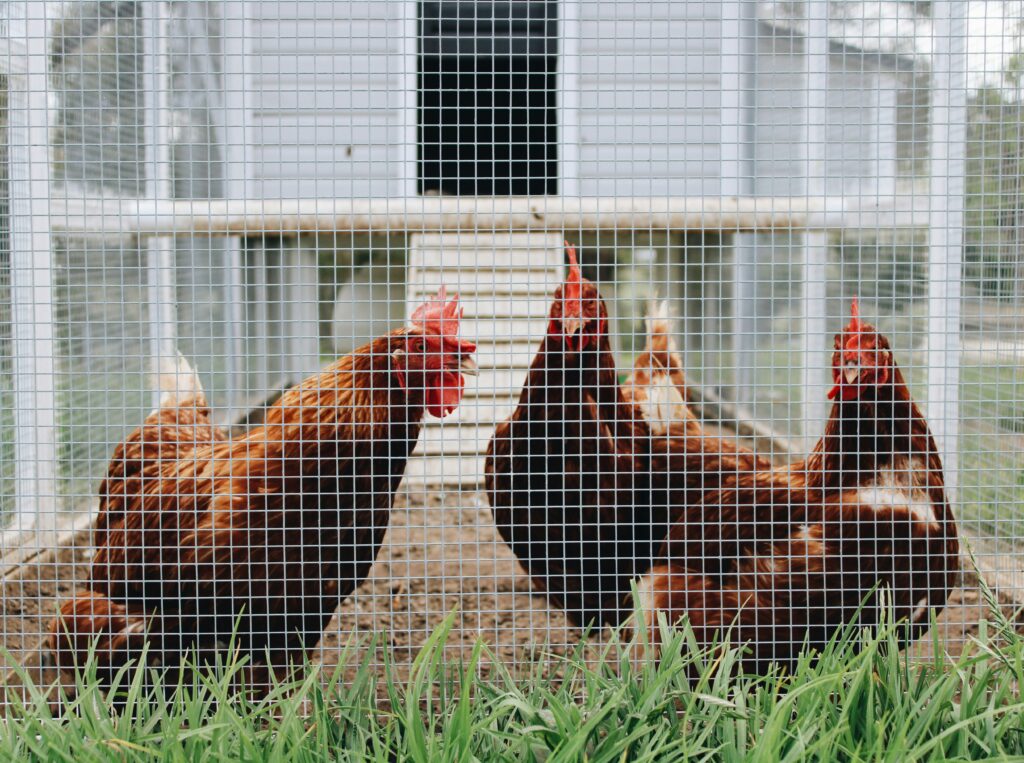
Other equipment
Chickens need fresh straw, hay or sugar cane mulch in their nesting boxes, sleeping areas and on paved or concrete floors. They also need adequate food and water, in a vermin proof container if possible. Two x 20 litre buckets and lids with a 15×15 cm hole cut in the sides around 25cm from the bucket bottom is adequate for food and water, though they aren’t vermin proof. Raise them off the ground slightly to help keep mice out. I suspend mine off a hook on the shelter with the base 5 cms from the ground. Make sure the chickens can get to the food or water especially as the levels get low.
These will be too big inside a small pen so look towards other more appropriate size feeders.
For the best Chicken feeders and water supply Read my review on Chicken feeder and waters here:
Chickens need to dust bath to keep mites and lice at bay. You’ll need a cat litter tray with a layer of sand and diatomaceous earth. Diatomaceous earth is made from powdered fossilized algae silica, and it has microscopic sharp edges that are bad for mites and lice. Provide this on a regular basis or permanently in their pen if you have plenty of room. Otherwise, if you let them out for a roam, they’ll make their own dust bath in a bare patch of your lawn or garden! I don’t mind my chickens making their own as I have a rather rustic yard and garden.
Wear gloves and suitably safety rated mask when dealing with dusts like diatomaceous earth or when cleaning out the chicken pen or coop.
You’ll also need some buckets and containers for carrying food and scraps, a feeding tray for the scraps (kitty litter trays work well) shovel, a rake, dustpan and brush, hose with adjustable spray nozzle , an old toothbrush for helping to clean the eggs, old tea towels or paper towel for drying eggs on. Also, I found a handheld gutter cleaning tool very handy for cleaning out nesting boxes and trays.
What Type of Chicken do I get?
The type or breed of chicken depends on several factors which include:
- Family and space friendliness
- Egg production needed
- Budget
If you have a small backyard and want family friendly chickens, you’ll want to look at probably Bantams. They are smaller and more suited to younger children. They require slightly less space and will also produce smaller eggs, though they are still highly nutritious. Silky Bantams are one of the best varieties though they can be more expensive. Other varieties of Bantams I’ve had include Pekins (also very cute), Japanese bantam and Silver Duckwing Old English game bantam. All were great egg layers, and the Silver Duckwing Old English Game Bantam were great mothers to their chicks. One drawback though was they really flew so we had to clip their flight feathers if we wanted to keep them in our yard.
The best chickens for Egg production would be Larger full-size chickens, most predominately the ISA standard brown chicken. These will give you an egg each on most days during their egg producing life.
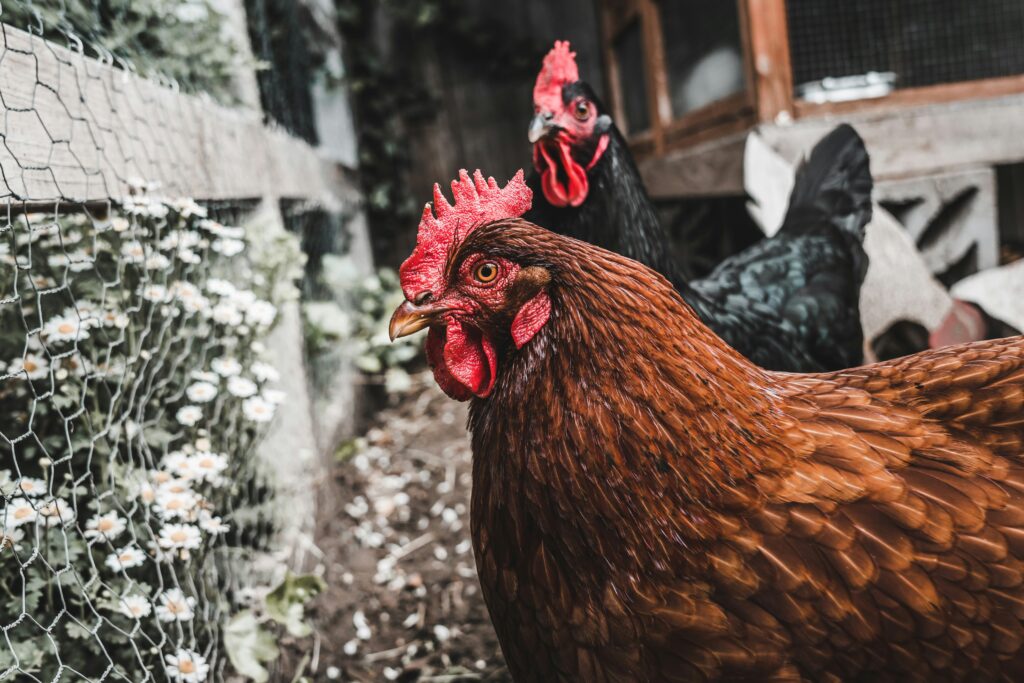
Regarding budget there are so many beautiful looking chicken varieties in both Bantam and Large breed chickens including Rhode Island Red, Sussex and Wyandorp. All have their own quirks and best suitability but can be expensive. if you cannot choose, then the Good old ISA Brown laying hen is available at most produce merchants or chicken supply store or farm outlet for a reasonable fee.
I will have an article review comparing chicken breeds later.
Feeding Chickens
I allow about 1 cup of laying pellets or grain per chicken per day plus scraps or green pickings. So, for My 8 x chickens that’s about a 1 ½ – 2 litre container of grain. I always make sure there is adequate and just top it up each day as required.
For water, chickens need twice that or roughly ½ litre each of water per day (500 ml). They will need more water, perhaps double it in hot weather.
Laying pellets give the best egg production and there are also mixed pellets/ Grain combinations and mixed grains. Also laying mash which is basically crumbled pellets which is good for chicks. Cracked corn is also available but I find it best to mix that up with some pellets for the best results.
Save your kitchen scraps but avoid most meats except for the occasional bit as leftover bits will attract flies. Save cooked potato and veg, veggie peelings and tops of zucchini, cucumber, lettuce leaf, cooked pasta or rice and stale bread etc. Old eggshells crushed up also help in egg productions.
Leave out onion peel and chicken meat.
I grow silver beet for my chooks and feed them edible weeds, grass tops and sweet potato leaves.
Shell grit in a container or a tablespoon added to chook pellets or grain will help them lay strong healthy eggs.
Collecting The egg Bounty
It’s so exciting when you finally see eggs sitting in your chickens nesting boxes after you’ve checked there everyday for weeks or sometimes months depending on how old your chickens are. If you bought “Point of lay” chickens they’ll be at least 16 weeks old and should be laying eggs by about the 20 – 22-week mark.
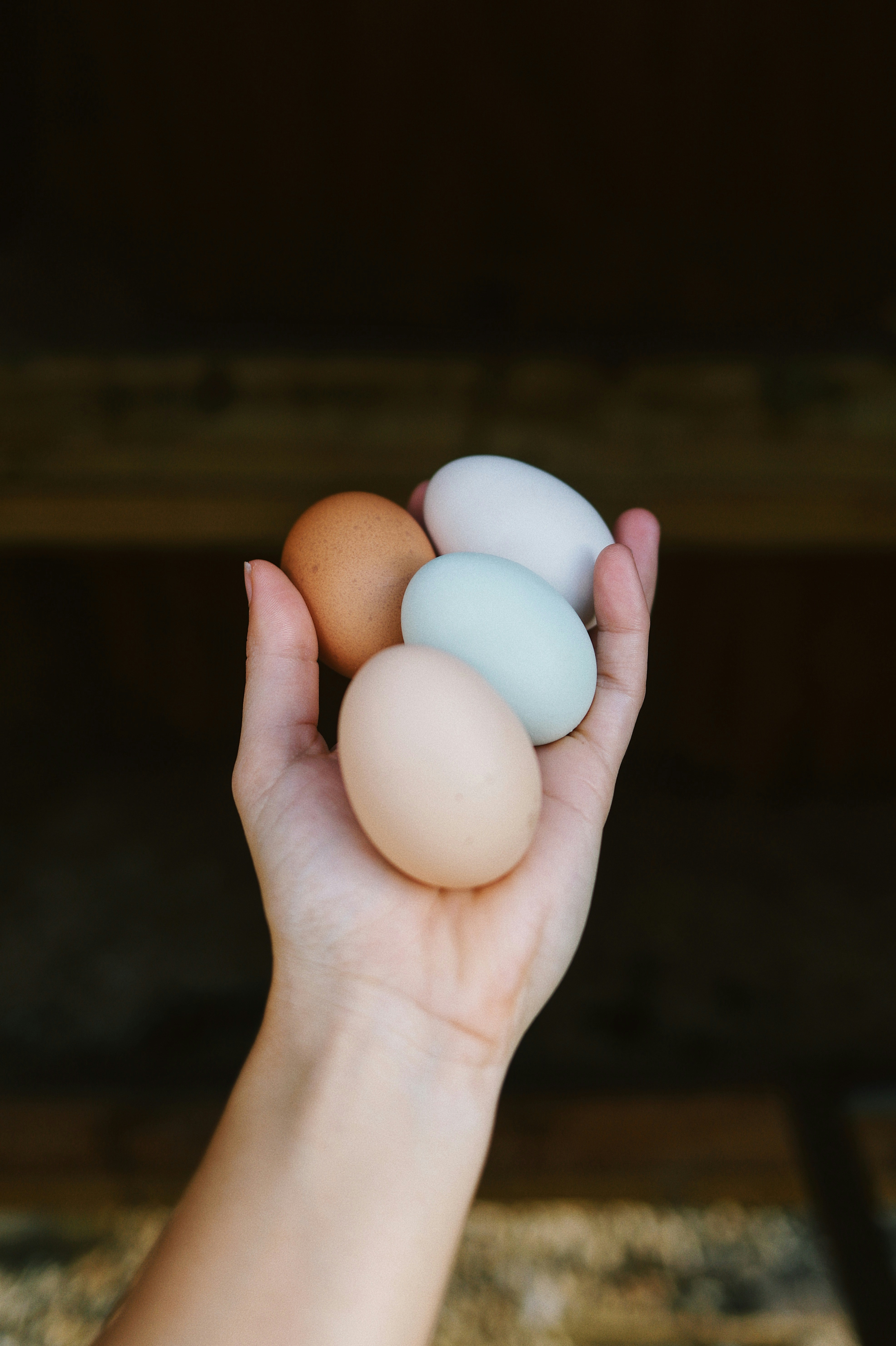
Carefully place your prized eggs in an old container or woven basket then it’s time to give them a clean-up. Set up somewhere that the water won’t be wasted (near your veggie patch or garden) and give them a gentle, fine spray. If there’s any stubborn manure, use an old toothbrush to gently scrub it away before a final rinse. I prefer to give them an extra rinse back inside the kitchen before drying them on some paper towel. Once dry, store them in an egg carton in the fridge, preferably in the top of the fridge door where it’s not too cold. Sometimes my eggs have frozen if stored with the meat in the coldest part of my fridge. They should last for a couple of weeks.
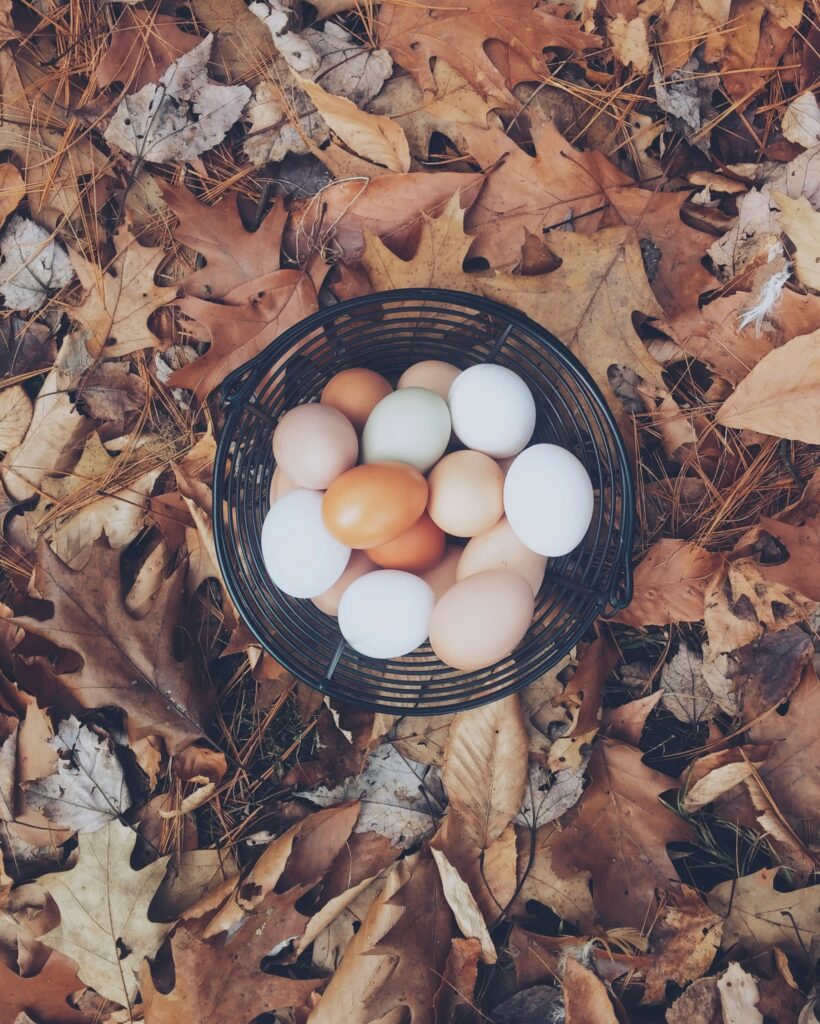
As a tip, if you’re unsure of the freshness after some time in the fridge simply place them in a container of water, or the sink, with enough water to fully cover them by a few centimeters. They should sink so discard any that float off the bottom.
How To Eat Eggs.
Congratulations! You’ve successfully grown some eggs in your own backyard, or at least the chickens did. Well anyway they couldn’t have done it without your help.
So how are you going to eat these things? Besides using them in all manner of cooking things like baking cakes or a binding agent in meatballs, they are perfect on their own in the simplest of forms.
Try frying them in butter, poached in a pan of salted water or simply boiling them whole and served in an egg cup with toast soldiers. The kids will love them!
For more recipes and uses look for my “How to cook Eggs” recipe post.

